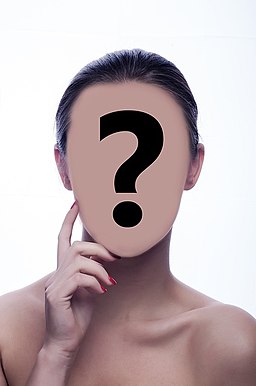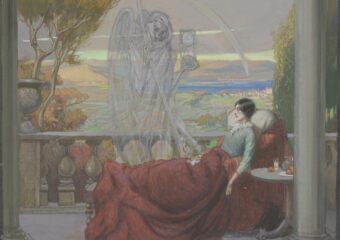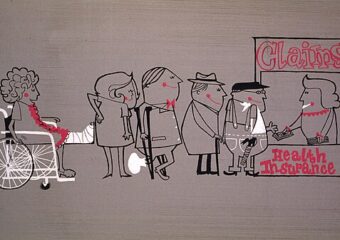Illness as questions refers to the questions that arise from people who have the health problems and from the people who care about them. Typical questions generated by perceived health problems include: what is wrong; what is the cause; can I be treated; what will happen to me; can I control my fate; and why me. Questions of this nature contribute to what illness can be because they can become consuming and lead to various behaviors that are associated with all people with health problems.
These are questions that many different illnesses generate and questions that have been asked across the ages. They get at a person’s desire to know his or her fate especially when thrown off a familiar or planned trajectory. Therefore, these questions have drawn the attention of many writers, artists, philosophers, and the like.
The story of the late author and poet, Lucy Grealy, is one of illness as questions. Doctors excised the Ewing’s sarcoma found in her jaw when she was nine-years old, but the facial disfigurement it left had a deep and lasting effect on her:
I spent five years of my life being treated for cancer, but since then I’ve spent fifteen years being treated for nothing other than looking different from everyone else. It was the pain from that, from feeling ugly, that I always viewed as the great tragedy of my life. The fact that I had cancer seemed minor in comparison.
p. 236
The disfigurement and pain that Grealy experienced produced questions that dogged her for the rest of her life. The contemporary author Ann Patchett, who was Grealy’s dear friend, recalls how she would repeatedly ask Patchett if she was pretty, if she loved her, if anyone would ever love her, if she would ever have sex, if she would ever have sex again, when would all the surgeries and pain end, and when would her real life begin. Grealy knew that her illness experience was characterized by these questions, but she reminded her friends that she never asked, “why me?” Therefore, illness as questions can be perceived as such by the affected person.
Illness as questions also fits migraine headaches. The illness experience of migraine in between episodes of pain can be more significant than the episodes of pain. As Paula Kamen describes this idea, “Much of my suffering stemmed not from the pain itself but from the constant roller coaster of frustration, shame, and havoc that it created in so many areas.” (p. 48) Questions generated from this experience include: when will I have a migraine again; will the next migraine strike me at an important moment; and will my medications work next time. Other more general questions are: do people think less of me because of my migraine; will I be able to advance in my career; and can I be an effective spouse and parent. The migraine experience for Kamen caused her to ask larger questions yet, such as, what does it all mean, who am I, and should I give in.
Biomedicine has little to offer in response to the questions illness produced for Grealy and Kamen. Both of them could turn to humanities, however. For Grealy, it was poetry, and according to Patchett, “Poetry defined her, saved her. There were times it seemed to be the only thing around that made perfect sense.” Kamen looked to humanities for insights on her questions. One was why it is so difficult to convey the migraine experience she got solace from Virginia Woolf’s essay, On Being Ill, where she said: “The merest school girl when she falls in love, has her Shakespeare or Keats to speak her mind for her, but let a sufferer describe a pain in his head to a doctor and language at once runs dry.” (pp. 6-7) Thus, Kamen turned to Emily Dickinson, a migraine sufferer herself, for verse that could help her understand why she found it hard to describe when her migraines began:
Pain has an element of blank
It cannot recollect
When it began—or if there were
A day when it was not.
She also turned to Siri Hustvedt’s novel, The Blindfold,to learn about the irony in denial often expressed by women with migraine, Elaine Showalter’s book Hystories to learn about the cultural inputs that shape responses to health problems,and to the film Charly to learn how health care professions see what they want to see or only what they can see.
Sources:
Lucy Grealy, Autobiography of a Face. New York: HarperCollins, 2003.
Ann Patchett, Truth & Beauty: A Friendship. New York: HarperCollins, 2004.
Kamen, All in My Head: An Epic Quest to Cure an Unrelenting, Totally Unreasonable, and Only Slightly Enlightening Headache. Cambridge, MA: Da Capo Press, 2005.
Virgina Woolf. On Being Ill. Paris Press, Ansfield, MA; 2002.



